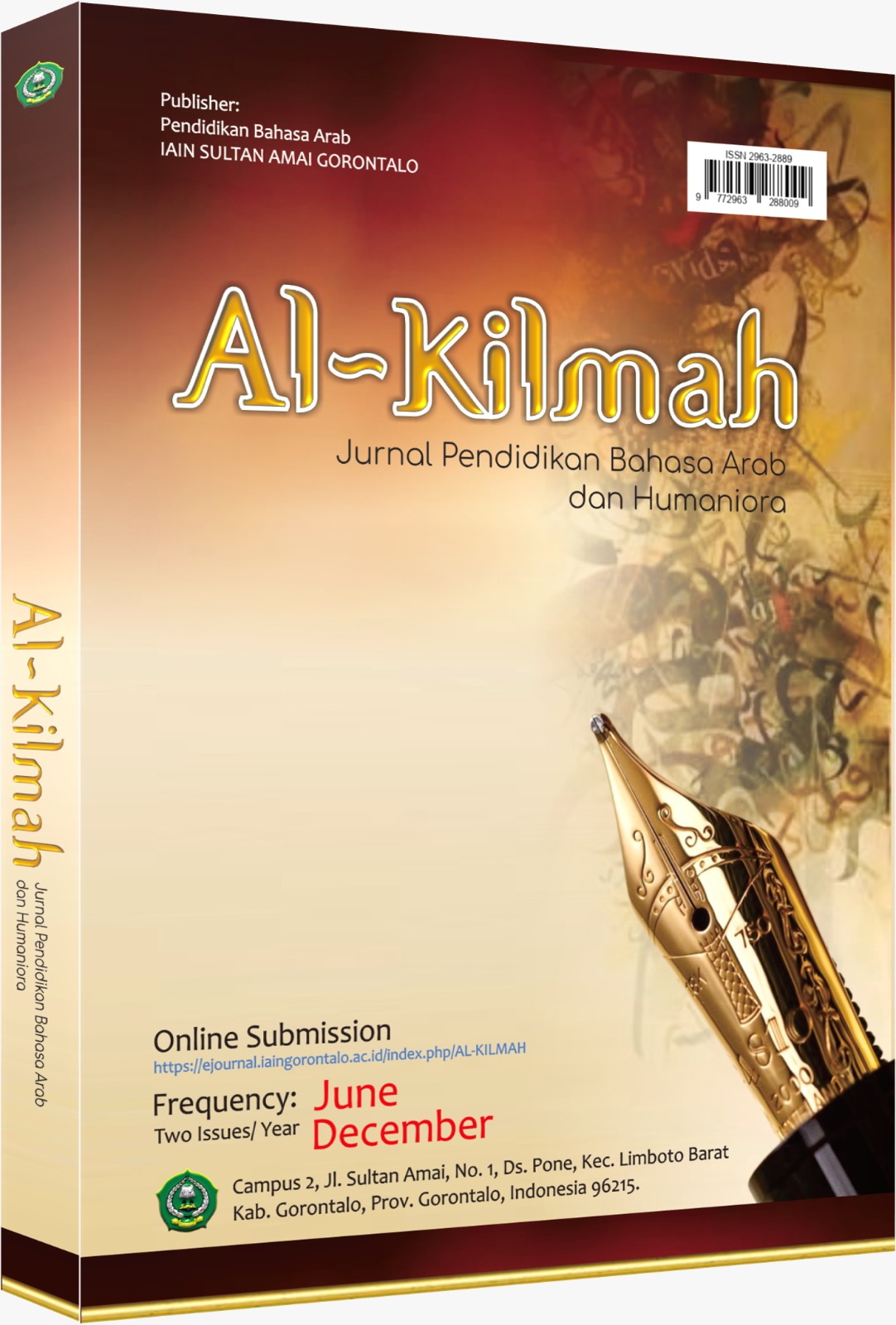The Role of Ice Breaking in Increasing Student Learning Motivation in Thematic Learning at MI Nurul Arsyad
DOI:
https://doi.org/10.58194/alkilmah.v4i1.2317Keywords:
Ice Breaking, Learning Motivation, Thematic LearningAbstract
Thematic learning in class VI MI Nurul Arsyad incorporates ice breaking activities to foster an engaging and interactive learning environment. This study explores the implementation of ice breaking and its impact on student motivation. Using qualitative methods, data were collected through interviews, observations, and documentation from early to late October 2024. Data were analyzed using Miles and Huberman’s model, including data reduction, presentation, and conclusion drawing. Triangulation techniques ensured data validity. The findings indicate that ice breaking effectively creates a positive classroom atmosphere by enhancing student attention, engagement, and reducing tension. It also boosts student confidence and participation. As a result, students show improved motivation and academic performance. The study recommends that teachers regularly incorporate ice breaking techniques to promote a productive learning environment.
References
D. T. Chlup and T. E. Collins, “Breaking the ice: Using ice-breakers and re-energizers with adult learners,” Adult Learn., vol. 21, no. 3–4, pp. 34–39, 2010.
M. Chatib, Gurunya Manusia. Jakarta: Kaifa, 2018.
D. Mintasih, “Merancang pembelajaran menyenangkan bagi generasi digital,” J. eL-Tarbawi, vol. 9, no. 1, pp. 39–48, 2016.
R. Hartono, Ragam Model Mengajar Yang Mudah Diterima Murid. Yogyakarta: DIVA press, 2013.
A. Fanani, Ice Breaking Dalam Proses Belajar Mengajar. Surabaya: Universitas PGRI Adi Buana, 2010.
S. Fareh, “Challenges of teaching English in the Arab world: Why can’t EFL programs deliver as expected?,” Procedia-Social Behav. Sci., vol. 2, no. 2, pp. 3600–3604, 2010.
Darmansyah, Strategi Pembelajaran Menyenangkan Dengan Humor. Jakarta: Bumi Aksara, 2010.
D. A. Cook and A. R. Artino Jr, “Motivation to learn: an overview of contemporary theories,” Med. Educ., vol. 50, no. 10, pp. 997–1014, 2016.
N. Sudjana, Cara Belajar Siswa Aktif : Dalam Proses Belajar Mengajar. Bandung: Penerbit Sinar Baru Algensindo, 2010.
K. Suryoharjono, Ice Breaker Penyemangat Belajar. Madiun: Ilman Nafia, 2014.
S. N. Aryani, “PERAN ICE BREAKING TERHADAP MOTIVASI BELAJAR SISWA KELAS IV PADA PEMBELAJARAN TEMATIK DI MIN I BANTUL YOGYAKARTA,” 2019, UIN SUNAN KALIJAGA.
A. Fanani, “Ice breaking dalam proses belajar mengajar: Learning, routinity, boring, ice breaking,” Buana Pendidik. J. Fak. Kegur. Dan Ilmu Pendidik. Unipa Surabaya, vol. 6, no. 11, pp. 25–28, 2010.
T. M. Ralasari, “Tipologi Kebosanan Saat Belajar di Kelas dan Dampak Buruknya Bagi Siswa,” Tribun Pontianak.
F. Widiyana, I. Diansari, and Z. M. Dhinata, “Penerapan Ice Breaking untuk Siswa Kelas IV di SD Negeri 1 Pringkuku sebagai Upaya Meningkatkan Motivasi Belajar,” J. Soc. Empower., vol. 5, no. 1, pp. 33–37, 2020.
D. Zakiyyah, M. Suswandari, and N. Khayati, “Penerapan Ice Breaking Pada Proses Belajar Guna Meningkatkan Motivasi Belajar Siswa Kelas Iv Sd Negeri Sugihan 03,” J. Educ. Learn. Innov., vol. 2, no. 1, pp. 73–85, 2022.
Downloads
Published
How to Cite
Issue
Section
License
Copyright (c) 2025 Annisa Salsabilla Rohadatul 'Aisy, Umar Najih Zein, Moh. Zulkifli Paputungan

This work is licensed under a Creative Commons Attribution-NonCommercial-ShareAlike 4.0 International License.













